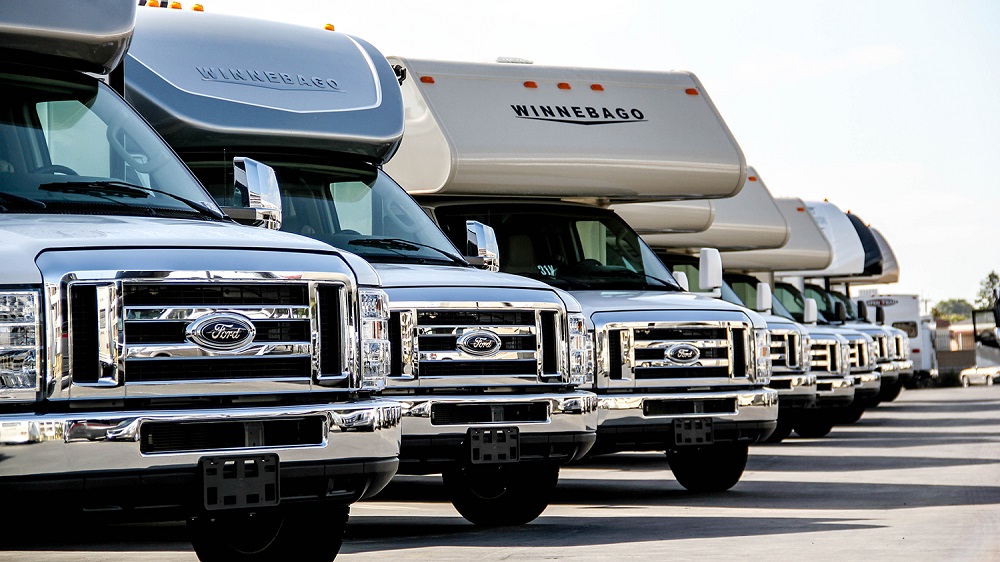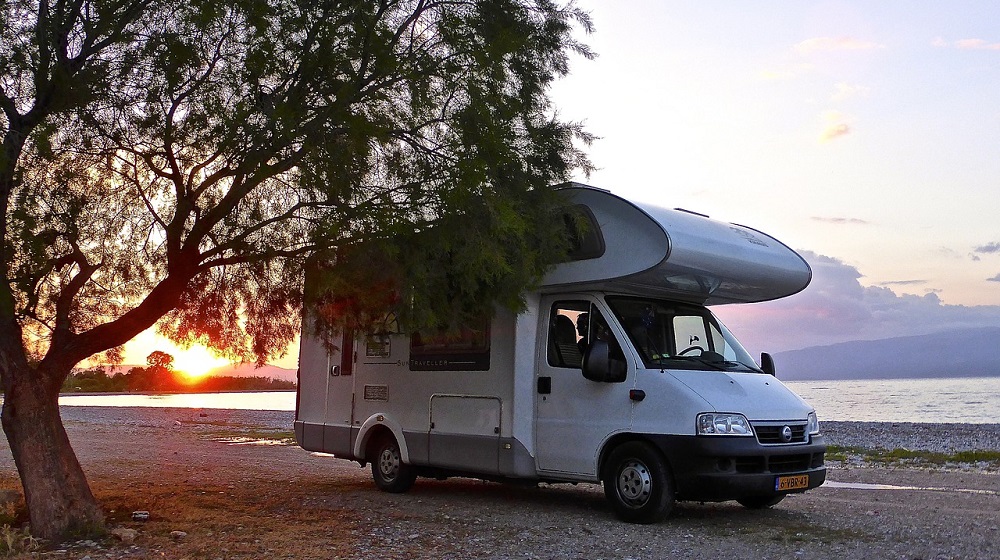
When you’re maintaining an RV roof, you’ll notice different types of wear and tear depending on the kind of material it’s made from. With a rubber roof, for example, you’ll have to be wary of black streaks. But what are PVC RV roofs susceptible to? How do they work, and why do they make good roofs for someone with an RV? Take a look at this PVC RV roof maintenance guide to learn more about this type of roof and how to take care of them properly.
Understanding PVC Roofing

First things first: what is PVC roofing? It refers to polyvinyl chloride, a material that you may recognize from indoor uses such as plumbing. But PVC roofing isn’t exactly the same as these pipes. There are additional elements here used to shape the PVC into something that’s more appropriate for an RV roof, and there is often a “membrane” that reinforces the roofing.
PVC RV roofing is single-ply roofing with a few advantages:
- It’s long-lasting, which helps you save money on long-term repairs. This allows you to focus on other areas of the RV when it comes to investing time and energy into your RV maintenance.
- It’s water-tight, which gives you plenty of protection from the elements with minimal need to consistently go in and patch up holes.
- It’s efficient in terms of energy, because it offers a high degree of reflectivity.
In short, PVC roofing on your RV can be a great way to keep your RV’s roof out of sight and out of mind for long periods of time—it will do just fine on its own. But that doesn’t mean that you shouldn’t regularly inspect it, maintain it, and look for issues.
Maintaining PVC Roofing

Many people consider PVC roofing to be one of the most low-maintenance roofing materials possible. This means you can better focus on enjoying your RV. But there’s still a lot you can do to maintain the roof to ensure it lasts.
The easiest way to ensure your PVC roofing is in good shape is to schedule regular inspections, especially by a professional. Even so, it helps to know what to look for on your own, such as the following:
- Leaks or damage. These are your first priorities. Any leak in PVC roofing can be catastrophic to the interior of your RV if left unrepaired, which his true of any roof leak; you don’t want moisture to get in and cause mold, mildew, and a host of other problems.
- Look at the connections. Wall/curb terminations, for example, and roof drains are key points at which the roof interacts with other parts of your RV. If these fall into disrepair, there can be other problems—for example, the failure to drain the roof can result in standing water, which in turn leads to other problems.
RV by LIFE Can Help!
As you can see from this PVC RV roof maintenance guide, this kind of roof is known to have little upkeep required. However, you can always use the appropriate RV products to keep your entire RV clean. Keep browsing RV by LIFE to find the products that will help you enjoy a spotless and properly maintained RV.


